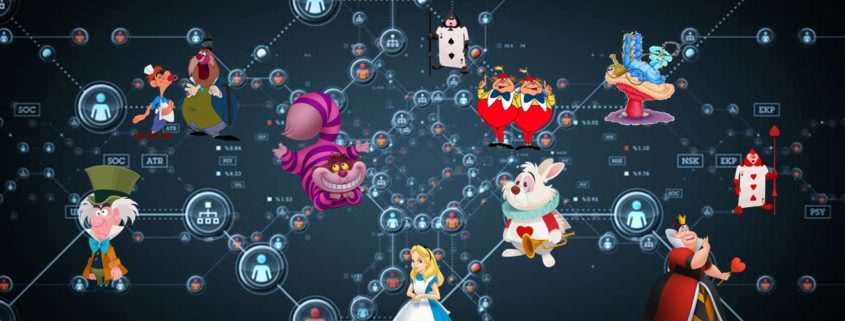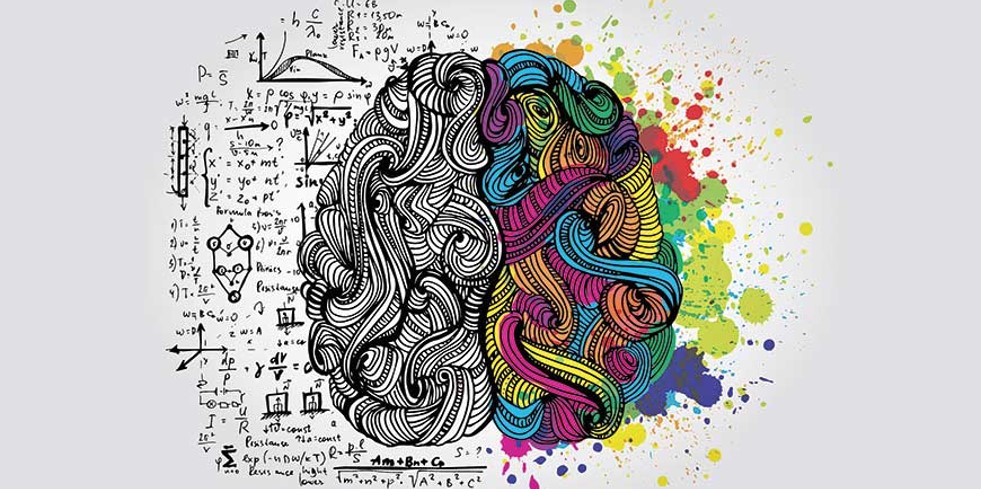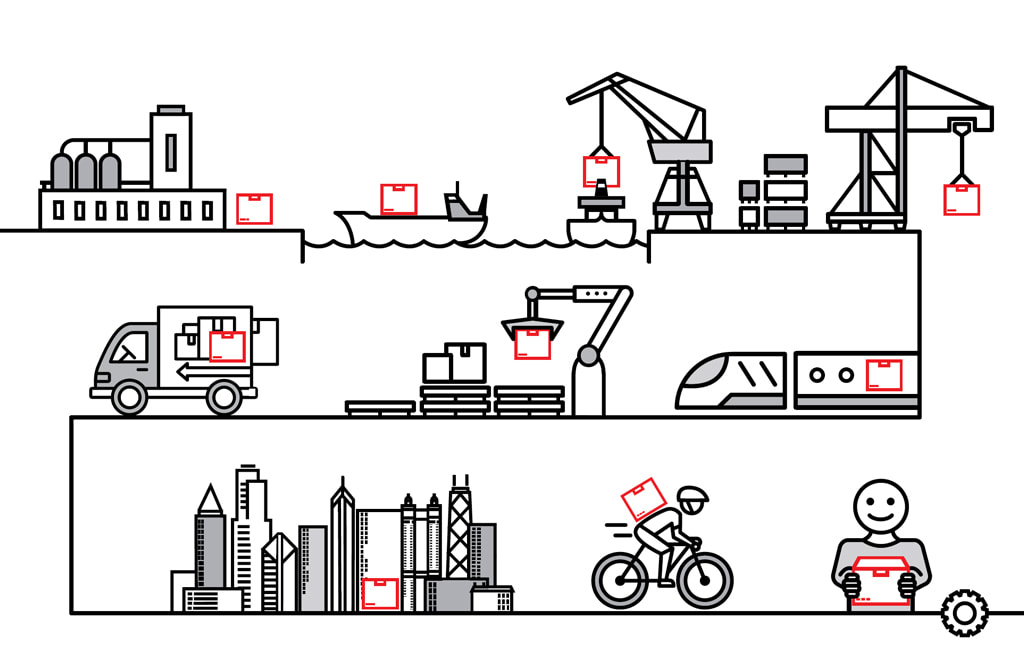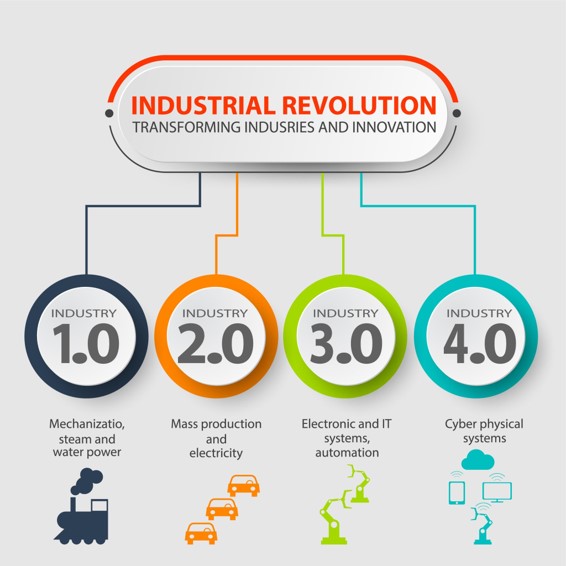- Artificial Intelligences work in our team. - 31 January, 2023
- The Great Digital Transformation - 21 April, 2020
- Opportunism or Empathy - 17 April, 2020
Social Data. Smart Data. Smart Industry.
Social Data, Smart Data: cost-effective data.
Every industry pursues durability.
Durability understood as the combination of usefulness (meeting the specific needs of individuals or organizations), trust (transmitting and maintaining the guarantee of reliability in both proposals and products and services) and balance (between productive effort and economic return).
Companies don’t really want to be digital.
They want to be competitive, efficient and profitable. That is precisely why the key is in relationships.
Competitiveness, efficiency and profitability directly connect with relationships. It is the companies that manage to establish strong and lasting relationships with their Community (customers and not customers; vitally important the latter because in them is the being or not of growth) that advance and endure.
No company wants data, what companies want is information.
In the Social Media environment, we have an unbeatable combination of interactions, comments, reactions, preferences and opinions.
Hence Social Data has extraordinary value for analysis because they tell us about behaviours and relationships because they give us very valuable information to understand people.
Social Data to make companies interesting and useful.
There are no old or new industries. There are no fashion or old-fashioned businesses. There are only interesting companies and companies that are not.
And data is a fabulous tool for companies to take advantage of to be interesting. Because the data tell us what we find interesting to people and why.
If there is one thing obvious in this panorama is that “being interesting” is an absolutely qualitative variable.
Categorizing huge amounts of data (Big Data) gives us, in the first instance, quantitative information. Valuable, of course, but stripped of the attributes that allow us to identify what is interesting.
Data without analysis is smoke only.
Deep data analysis allows us
to
know, obtain a much more nuanced, refined and defined picture of the opportunities (also of threats) that we have and that we can take advantage of by making decisions with judgment and with a vision of the short, medium and long term.
Social Data, Smart Data, Smart Industry: know well to decide better.
Companies have no specific interest in digital transformation.
Let us assume that and now ask ourselves the big question: is there an alternative to digital transformation? No. The most reasonable answer is that there is no alternative.
But let’s focus it this way:
When we talk about digital transformation the keyword is not “digital”, it is “transformation”.
There is no alternative to “transformation”, what there are as many ways to understand, assume, implement and monetize the “digital”.
The graphic that accompanies these lines (with link to a very interesting article by Mr Craig Meyer) shows how any product, symbolized by the red box, can be manufactured anywhere in the world and reach the hands of anyone, anywhere else in the world, thanks to a perfectly synchronized production and logistics chain in which IoT Robotics and Artificial Intelligence are essential.
Smart Industry: what do we put in the red box?
A chart that, with hundreds of variations, we have seen in hundreds of explanations and presentations about Industry 4.0, Logistics 4.0,
everything 4.0
…
However, the important thing about that chart is not what happens with the red box. The important thing is what’s inside the red box.
Everything else, all the technology, the processes, the controls, the tracking, the security, absolutely everything is put in place because someone, somewhere in the world, has decided that they want to have a product that they find interesting.
Any industry, company, corporation, small business, craftsman, artist or entrepreneur wants it to be your product that travels in a red box.
Industry 4.0 of which we talk so much, which so many passions raise and so many misgivings, tells us about a Transformation in which we can use new tools and methodologies, that is, we can use “the digital” to understand what people want to receive in their red box and, in addition, manufacture it in a much more efficient way.
Industry 4.0 talks about being more competitive and drives us to set up a more desirable offer.
Industry 4.0. Opportunity is served.
Digital Transformation and Digitization are not synonymous.
Digitization points to Operational and Technology, while Digital Transformation points to Vision and Strategy.
Digital Transformation is susceptible, as mentioned above, to be implemented adapting to each vision and business model, because in each case the opportunity to take advantage of “digital” can be, and will be, different.
We illustrate this adaptability with three completely different examples of three completely different business environments.
John Deere
– United States:
Digital Transformation focused on technical service to take the user experience to another level.
Loqoqoon
– Uzbekistan:
Digital transformation as a boost to a sector, craftsmanship, which can compete in the global market without losing its essence.
Manchester Metropolitan University
– United Kingdom:
Digital Transformation embodied in the creation of a new offer of services oriented to the needs of the communication industry.
Social + Smart + Industry – Industry 4.0
The Fourth Industrial Revolution is eminently
Social
(the relationship on social media changes everything), it’s Smart (based on the ability to analyze the relevant data not to quantify, but to know),it is Transversal (no sector, however niche, is on the sidelines) and is (barriers and distances are no longer physical).
It is a Revolution in which the difference between the enduring and the transient is not marked by knowing what markets do, but by understanding why they do what people do.










